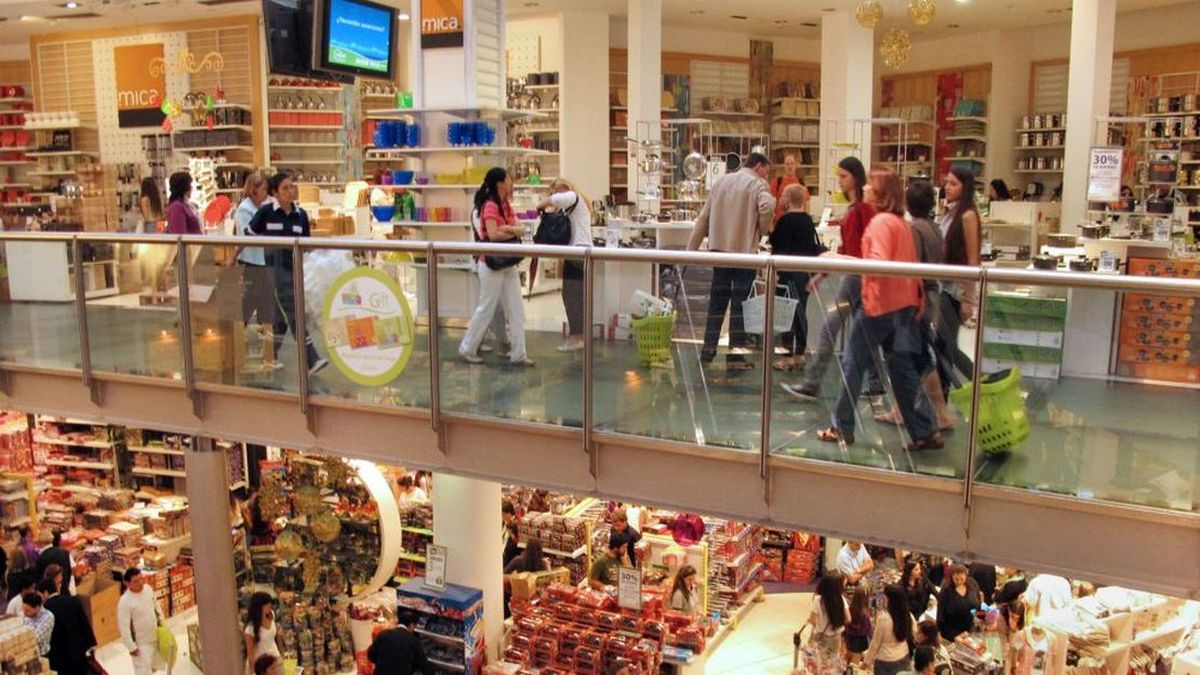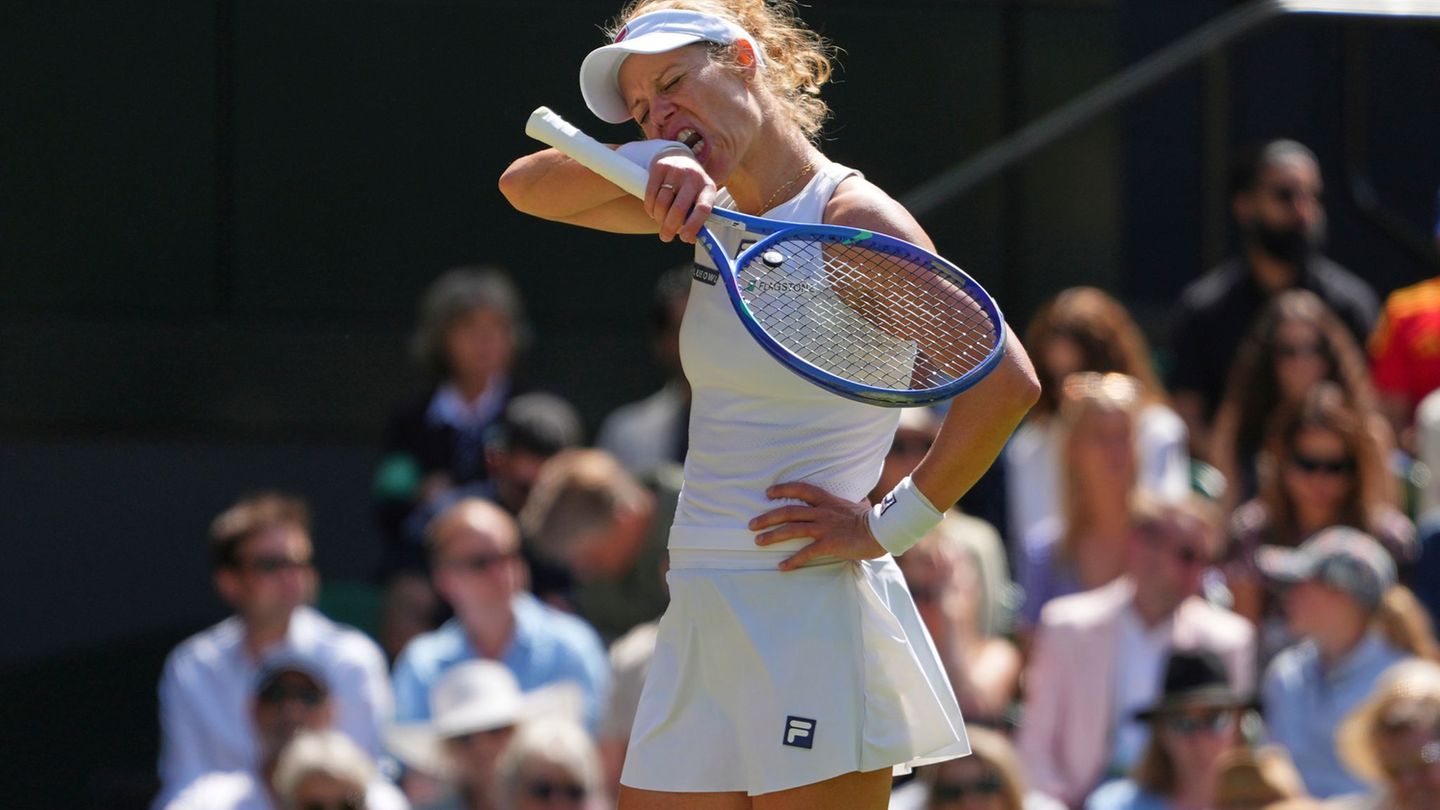In July, uncertainty about the short-term future, supply problems and atypical price movements characterized the main comments of the merchants surveyed.
62ef082e522a6_706x399.png
Analysis by category
Two items that escaped the general trend and grew in July (in the year-on-year comparison) were: Pharmacy and Perfumery (+3.2%) and Hardware, electrical materials and construction materials (+4.8%).
1) Food and Drinks. Sales fell 6.2% year-on-year and 9.3% month-on-month, measured at real prices. The businessmen consulted justify this behavior fundamentally by raising prices. In addition, some of them commented on the problem of the logistics of marking prices by evaluating dynamic replacement costs. This generates inefficiencies and increases in personnel costs that feed the spiral of prices.
“The constant increase in prices makes people buy fewer and fewer units,” they commented from a store located in Hummock, Buenos Aires province.
“Sales were very low despite being an essential item. People look for lower quality products to lower their budget”, they stated from a store in the city of San Fernando del Valle de Catamarca.
2) Bazaar, decoration, home textiles and furniture. Sales in this branch registered declines of 4.6% year-on-year and 7.6% month-on-month, measured at real prices. The relieved merchants emphasized that they were affected by the lack of merchandise, as well as increases in the replacement prices of their products.
“Our items are imported and in July, which after summer was always our best month, sales dropped. There was also a 50% increase in prices and we are losing profitability to be able to sell”, summed up a businessman from the city of Mar del Plata in Buenos Aires province.
“The item held up quite well, people buy out of necessity, but the suppliers were not giving us all the orders,” said the owner of a business in the capital of Cordova.
3) Footwear and leather goods. Sales in July decreased 2.5% annually and 6.2% monthly, measured at constant prices. This drop represents the most important recorded by this sector since the post-pandemic economic recovery.
“Since mid-July, everything stopped due to the run on the dollar, we hope to recover with Children’s Day in August,” said a businesswoman from rosary beadsin Province of Santa Fe.
“Fewer units were sold than last year and the previous month. There were price increases, stock shortages and shortening of payment terms”, observed the owner of a grocery store. San Rafael, Mendoza Province.
4) Pharmacy and perfumery. Unlike the previous items, sales in July grew 3.2% year-on-year, although they fell 4.4% in the monthly comparison. The businesses consulted highlighted the problems and delays they are having in charging social projects. This situation generates a certain financial gap since replacement prices end up being higher.
“Our main clients of the month were from neighboring countries, above all they are people and businesses from Bolivia, that is why the sale was good. But we had problems getting imported products,” said the owner of a pharmacy in the city of jump.
“The sale was stable, similar to last year, but the increase in rent is harming us, it is beyond what the profitability of the business allows,” said the owner of a perfumery in San Miguel de Tucuman.
5) Hardware, electrical materials and construction materials. Sales rose 4.8% annually in July (at constant prices) but fell 2.1% in the monthly comparison (vs June 2022). It was one of the items most affected by the retraction in supplier deliveries in the face of jumps in the blue dollar and the expectation of a devaluation shock to the official exchange rate. The businesses consulted agreed that it was sold fairly well, with many obstacles and problems of supplying merchandise. In addition, another noteworthy point was that the expectation of a short-term inflationary spiral generated purchase advances among its consumers.
“Sales were weak, inflation scared customers, but now that the dollar has fallen, we are waiting for prices to drop and for better sales in August,” said the owner of a San Salvador de Jujuy.
“It was difficult to sell, the prices changed every day, the suppliers did not deliver large volumes to us because they were not sure about the official dollar,” said a businesswoman from that sector in the city of ushuaiain Land of Firealthough he clarified that it was somewhat better than last year.
6) Textile and clothing. Sales fell 12.7% annually in July and 4.9% in the monthly comparison. It was the item with the greatest retraction and it is the third consecutive month in which sales have fallen. The stores consulted highlighted that they expect the change of season to reverse this trend. The increase in costs in the replacement of merchandise, rentals and other expenses were also identified as issues of concern for this item.
“In July, sales fell abysmally and the winter holidays hurt us because people turned to other expenses, they did not think about clothes,” said the owner of a clothing store. Buenos aires city.
“The suppliers who were used to raising between 5% and 7% per month, in July they rose up to 15% per week,” complained the manager of a store in Endurance, Chaco.
“We sold twice as much as last year, but we are worse off,” summed up a businessman from Commodore Rivadavia in the province of Chubut.
Source: Ambito
David William is a talented author who has made a name for himself in the world of writing. He is a professional author who writes on a wide range of topics, from general interest to opinion news. David is currently working as a writer at 24 hours worlds where he brings his unique perspective and in-depth research to his articles, making them both informative and engaging.




